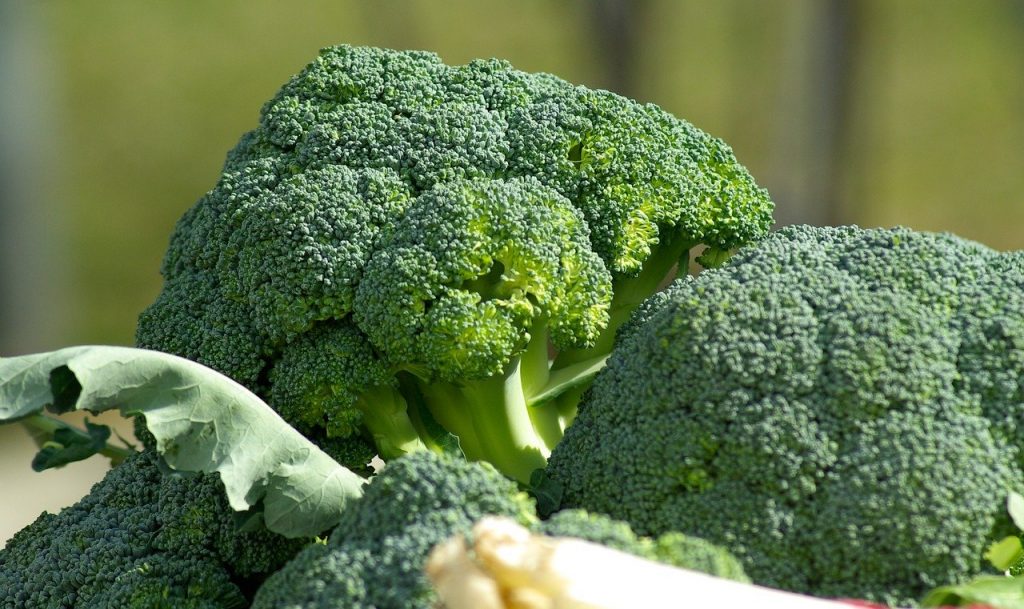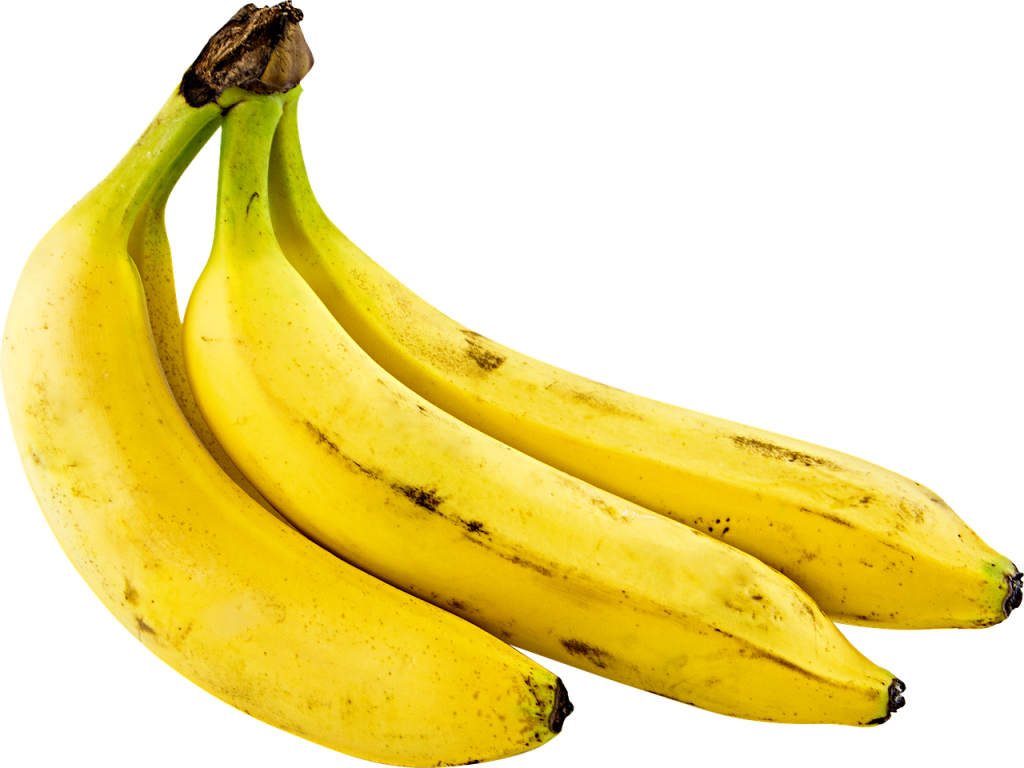[Article updated on 19/09/2023]
Fruits and vegetables are rich in vitamins, minerals, antioxidants and dietary fiber, all of which protect you from cardiovascular disease. There are many health benefits to eating fruits and vegetables. When consumed regularly, they lower both total cholesterol and LDL cholesterol. They lower blood pressure, provide good satiety and prevent obesity. They stabilize blood sugar and boost immunity. To top it all off, vegetables and fruits are among the foods with the lowest climate footprint. To help you benefit from these benefits, I present to you, in the following lines, the fruits and vegetables starting with B.
Broccoli
Broccoli is a leafy vegetable. This vegetable in B is a cultivar of common cabbage. From its scientific name Brassica oleracea var. italica, broccoli belongs to the Brassicaceae family and the Brassica genus. Broccoli is a particularly tasty vegetable. Not only can the soft green florets be eaten, but also the fleshy asparagus-flavored stems.

Broccoli contains the same substances as cauliflower, but contains more vitamins and the percentage of carotene is higher than average. Broccoli is rich in many nutrients, especially fiber, vitamin C, vitamin K, calcium, potassium and phosphorus. They also produce more protein than most other vegetables. Broccoli is mainly characterized by being rich in water and low in calories, fats and sugars. Broccoli is very rich in vitamin C, a compound that is particularly sensitive to light, oxygen and temperature. For this reason, it is best to opt for simple, minimally invasive cooking such as steaming or rapid blanching.
Swiss chard
Swiss chard or Swiss chard is a leafy vegetable. It comes from Beta vulgaris cicla, a variety of beetroot. Chard is very easy to recognize at first glance. This vegetable starting with B is characterized by large and fleshy leaves, formed by the ribs (very developed petioles) and by the intense green colored blade. The blade is covered with large white veins and the leaf surface is bullous.
In cooking, chard can be boiled and eaten as is, in salad with a little lemon. It can also be prepared with potatoes. It is also used as a base for rustic pies and pizzas. It can be used with minestrone to season rice. Chard is a decidedly low-calorie vegetable, since it is made up of around 95% water. Its caloric content is in fact 19 kcals per 100 g. On the other hand, it is very rich in mineral salts, notably potassium, iron, calcium and phosphorus, which are all important minerals for our body.
Chard is rich in folic acid and vitamin C, in addition to being an excellent anti-anemic agent. The good presence of folic acid makes it ideal for consumption during pregnancy, while breastfeeding and for the development of the baby itself. In addition, thanks to chlorophyll, chard purifies and detoxifies the body.
Beet
Beet (Beta vulgaris) is a root vegetable belonging to the Chenopodiaceae family. Beetroot has a large, rounded, fleshy root, with a small, characteristic final radicle. There are many varieties of beets. The most common are fodder beet, sugar beet and vegetable beet or red beet.
Delicious both raw and cooked, beets can be served in salads, seasoned with oil and lemon. If you decide to eat it cooked, beetroot can be boiled, sautéed or baked. In addition to being presented alone, it can be consumed as an accompaniment. Beetroot can be used as an ingredient in more complex dishes, such as risotto. You can eat it both hot and cold. In addition to being rich in vitamins A and C, iron and other minerals, beets contain many carotenoids and dietary fiber. Beetroot is a good source of calories due to its richness in simple sugars.
Banana
The word banana comes from Arabic and means “finger”. It is the fruit of the banana tree, a plant of the Musa genus, belonging to the Musaceae family. Individual bananas, commonly called fingers, weigh an average of 125 grams. Bananas are eaten raw, but dried bananas are also very popular.
Bergamot
Bergamot is the fruit of Citrus × bergamia, a citrus fruit from the Rutaceae family. Bergamot is a truly versatile and almost unknown citrus fruit with remarkable organoleptic and healing properties. It is used in cooking and, above all, in the cosmetic sector, thanks to its fresh and floral scent and its ability to fix and enhance the aromatic bouquet of perfumes of other essences. Similar in shape to a lime, it has a thin, smooth skin with a variable color between green and yellow. It is very rich in essential oils with an intense aroma.
In cooking, bergamot is mainly used to flavor tea (the famous Earl Gray tea). In cooking, the zest is mainly used to flavor dishes, fish condiments, creams, ice creams and biscuits. The pulp, with an acidic taste tending to bitter, has a limited use even if there is no shortage of jams made from bergamot. Bergamot contains citric acid, sugars (fructose, glucose, sucrose), proteins, dietary fiber, phosphates, pectins, flavonoids and vitamin C. It also contains minerals such as sodium, potassium, calcium and magnesium.

Bananas have also been used to make jams. Composed mainly of water (75%), the banana is a good source of vitamins (provitamin A, vitamin C and B vitamins including B1, B2 and B6) and minerals, including manganese, potassium and selenium, which strengthens immune system.
A medium-sized banana provides the body with about 110 calories and contains 450 mg of potassium, 30 grams of carbohydrates, 3 grams of fiber, 19 grams of sugar and 1 gram of protein. The presence of carbohydrates also allows it to instantly provide energy to the body.
Bitter orange
Bigarade is the fruit of the sour orange or bitter orange tree. The bitter orange tree (Citrus aurantium L.) is probably a backcross of Citrus maxima (pomelo) x Citrus reticulata (mandarin orange). Originally from Asia (China), bitter orange was brought to Europe by the Arabs in the 10th century. The spherical fruits, slightly depressed at the poles, have quite wrinkled skin. They reach an intense orange color towards the end of autumn.
The inside of the bitter orange has several seeds and has a slightly juicy pulp with a sour taste while the white part of the peel is strongly bitter. Its very fragrant bark makes it possible to extract a refined essential oil. Mainly used as rootstock for many citrus fruits, bitter orange fruits are used by the food industry to obtain fresh or dried peels for baking or for the production of liqueurs.
In pharmacology, bitter orange is used for the preparation of tonic remedies. Bitter orange is used to prepare jams. Due to the bitter substances which promote digestion, the peels of bitter orange are effective against inappetence and digestive disorders.
